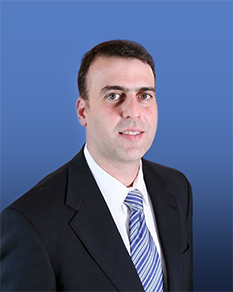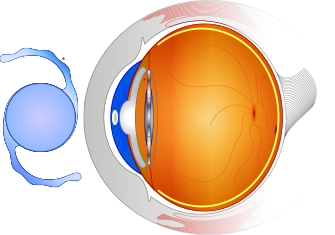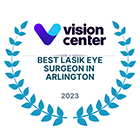Regain Your Sight with Cataract Surgery at Silk Vision & Surgical Center
Welcome To Silk Vision & Surgical Center
Our goal is to provide outstanding eye care to the Washington DC area. Dr. Silk and our friendly staff strive to combine the latest technology in medical and surgical eye care with a compassionate spirit for all our patients. At Silk Vision and Surgery Center we take great pride at providing the latest surgical advances in cataract surgery. We also make sure that each patient is comfortable from the beginning of their initial consultation to the completion of their visual recovery.

Dr.Silk
Each patient at Silk Vision and Surgical Center receives personalized care. We realize that every patient is unique and after having a thorough examination we take time to review your options and to select the best treatment for you. Dr. Silk is a board certified eye physician & surgeon.
He received his medical degree from Marshall University and his ophthalmic training from the Virginia Commonwealth University/Medical College of Virginia. He completed a fellowship in Corneal Diseases and Advanced Cataract Surgery with some of the nation's leading experts at the University in Pittsburgh which is annually ranked as one leading hospitals in the nation by U.S. News & World Report.
Dr. Silk is a specialist in cataract surgery and had successfully performed over 10,000 surgeries.
Cataracts
Cataract Surgery
Cataract surgery today is safe, effective and quite common. In fact, if you have been told that you have a cataract, you are definitely not alone. Each year in the United States, more than 2.5 million people have cataract surgery. Thanks to advanced cataract surgical procedures and lens implant technology, cataract surgery is not only one of the most frequently performed surgical procedures in the United States, but it is also one of the safest and most successful surgical procedures that you can have. Cataract surgery is performed on an outpatient basis and usually only requires a few hours of your time from beginning to end.
Understanding The Eye
In order to understand more about cataracts and lens implants, it is important to first begin by understanding how your eye works.
In the normal eye there are two structures that are mainly responsible for refracting, or bending light so that it focuses properly on the retina. The first structure is the outermost layer called the cornea. The second is the crystalline lens, which is located behind the colored part of the eye, or the iris. Both the cornea and the lens must be perfectly clear if your vision is to be crisp and clear. While the cornea maintains its clarity throughout life the lens may undergo a number of changes as you age.

Premium Lenses
Presently there are two types of intraocular lens implants: a monofocal lens and a multifocal lens. A monofocal lens implant provides excellent vision after cataract surgery, for one set distance only — usually for seeing things at a distance and thus does not correct presbyopia, meaning it does not enable you to see close objects or read without reading glasses or bifocals. For seeing at a distance, such as driving, going to a movie or going to a ball game, a monofocal lens implant will provide the vision you need to see clearly. With a monofocal lens implant you will most likely need to wear eyeglasses for any type of near vision activities, such as reading, sewing, playing cards or writing.
A new and exciting alternative to monofocal lenses are multifocal lenses. A presbyopia correcting multifocal lens implant provides excellent vision after cataract surgery at a variety of distances. Depending on your specific vision requirement, there are several types of presbyopia correcting multifocal lens implants that your eye surgeon might suggest, including the Tecnis Multifocal Implant, ReStor Multifocal Lens Implant and the Crystalens Lens Implant.










.png)
